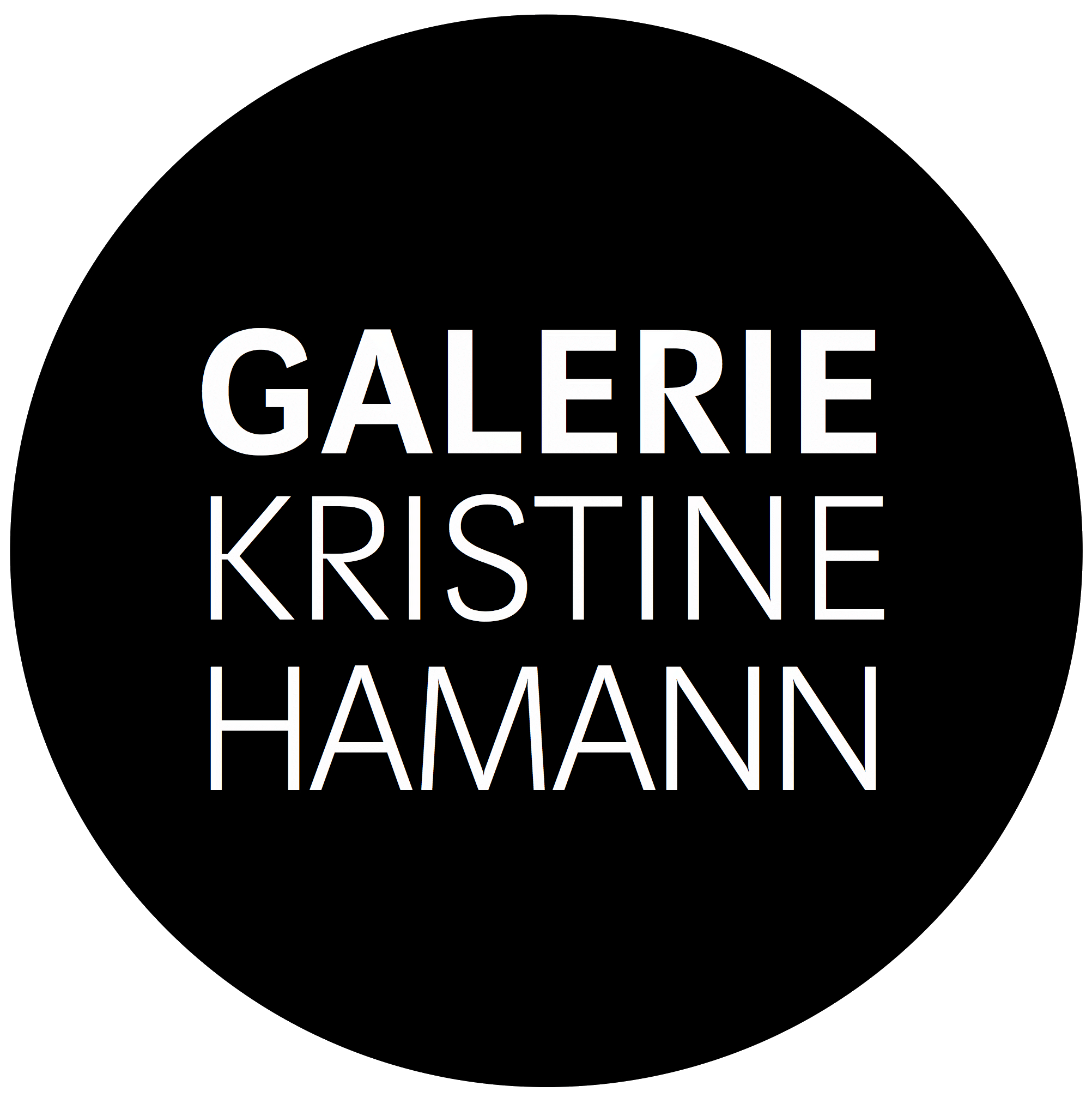TOBIAS STUTZ
Ikonen der Bauhausarchitektur
Malerei von Tobias Stutz im Kabinett und Front Room
Tobias Stutz “Am Ende des Korridors” H 70 x B 110 cm
Zum ersten Mal zeigen wir den Künstler Tobias Stutz in Wismar. Es ist seine erste Ausstellung in Norddeutschland.
Klare Ordnung, eine gewisse Einfachheit, deutlich erkennbare Kontraste, überwiegend rechte Winkel, oft kubische Formen, große Glas- und Fensterfronten. Der 1983 in Filderstadt geborene Maler Tobias Stutz bedient sich dieser Kriterien und markiert damit eine Referenz an die Skelettarchitektur von Mies van der Rohe. Stutz verzichtet klar auf den Menschen als Protagonisten seiner arrangierten und inszenierten Bilder von Gebäuden. Die Bauten werden so zu Vertretern des Internationalen Stils mit seinen klaren und sachlichen Formen.
Le Corbusier hat einmal gesagt: "Architektur ist das kunstvolle, richtige und prächtige Spiel der im Licht versammelten Gebäude". Auch Stutz setzt das Licht bewusst ein, als kompositorisch dramatisierendes Element, als Erzählung für Leben und Bewegung, im Gegensatz zu seinen menschenleeren Bildern. Zugleich fügt er das Licht in die urbane Umgebung des Bildes ein und vermittelt dem Betrachter ein gutes Gefühl.
For the first time we are showing the artist Tobias Stutz in Wismar. It is his first exhibition in northern Germany.
Clear order, a certain simplicity, clearly recognisable contrasts, predominantly right angles, often cubic forms, large glass and window fronts. The painter Tobias Stutz, born in 1983 in Filderstadt, uses these criteria and thus marks a reference to the skeletal architecture of Mies van der Rohe. Stutz clearly dispenses with the human being as the protagonist of his arranged and staged images of buildings. The buildings thus become representatives of the International Style with its clear and objective forms.
Le Corbusier once said: "Architecture is the artful, correct and magnificent play of buildings gathered in the light". Stutz also uses light consciously, as a compositionally dramatising element, as a narrative for life and movement, in contrast to his deserted pictures. At the same time, he inserts the light into the urban environment of the painting and gives the viewer a good feeling.





